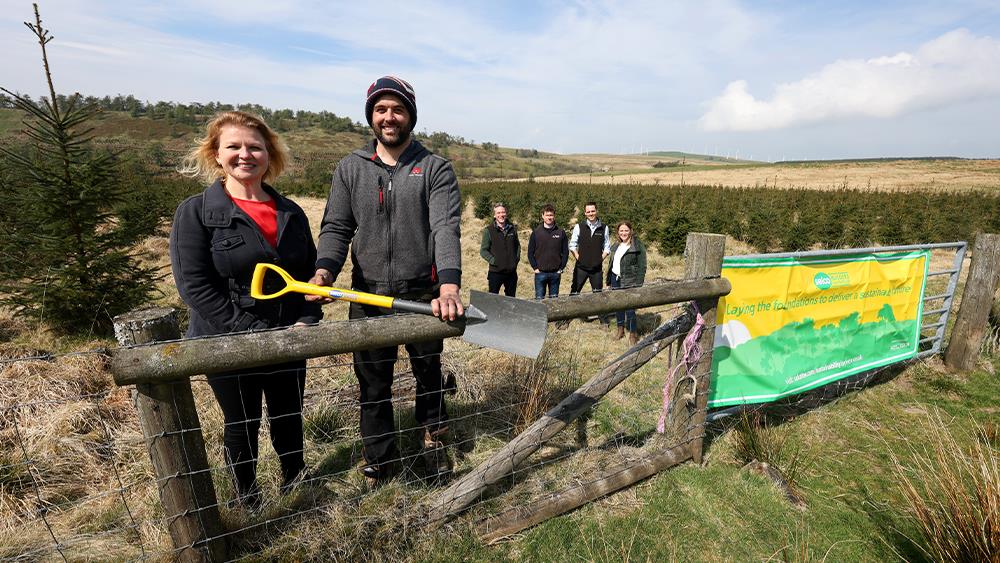

To mark Earth Day, Selco Builders Warehouse has announced it has directly supported the planting of 160,000 trees across more than 60 hectares on a site near Llandrindod Wells in Wales.
Following on from the planting of more than 100,000 trees near Jedburgh in the Scottish Borders last year, this latest development represents the second phase of Selco's tree planting project.
The trees will offset around 7,000 tonnes of carbon during their lifetime, the equivalent of almost two years of Selco’s customer deliveries, and form part of a wider package of measures designed to reduce the company’s carbon footprint.
Carine Jessamine, Selco’s Marketing Director and Head of Sustainability, said: “We are committed to continuing our investment in the future by playing our part in protecting our people, the environment and the planet.
“This is a project for the long term and the planting of the second Selco Forest is a small step along the journey.
“We have a long-term vision to deliver alternative fuel vehicles across the entire Selco business and implement a wider programme of many operational changes to ensure we are playing our part in tackling climate change.
“While those tests and trials are being carried out, we have made the decision to offset our carbon emissions in the short term through the planting of trees, as well as making progress in our transport fleet, recycling and the introduction of LED lighting and a new gas management system across our network, all designed to lower our carbon footprint.”
The site of the second Selco Forest, in Tyn Y Berth, is the equivalent of more than 100 football pitches with the trees planted included Sitka Spruce, Douglas Fir, Norwegian Spruce and broadleaves, such as Silver Birch, Alder and Rowan.
Selco has joined forces with the landowner and key timber supplier BSW Timber and its subsidiary companies Tilhill and Carbon Store, on the project.
Jessamine comcluded: “We are delighted with the new site. Not only will the forest help us reduce our carbon footprint but it will also enhance the surrounding landscape, with native species creating biodiversity value.”